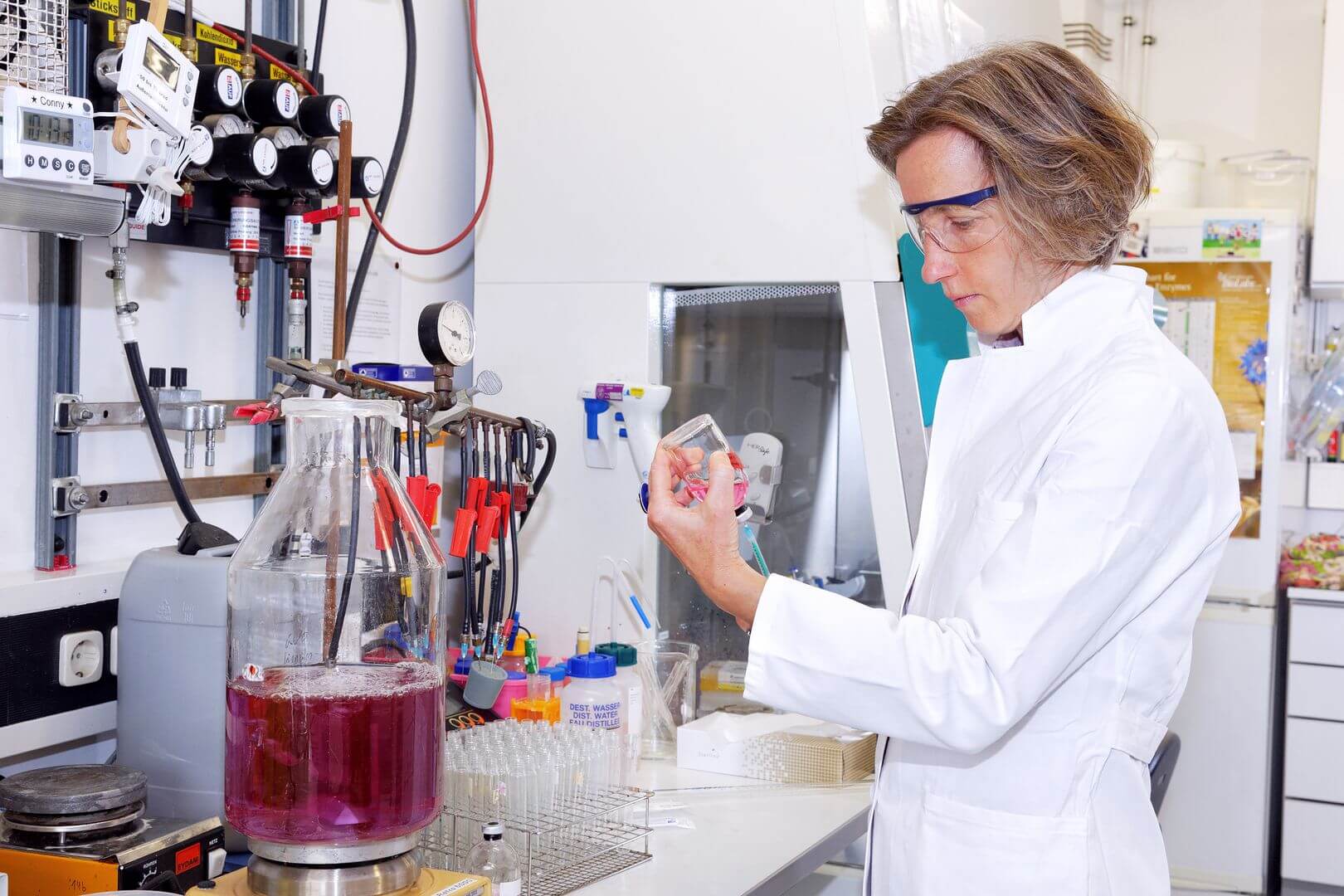Multicellular organisms contain an unimaginably large amount of microorganisms within their bodies. The microorganisms can conduct important tasks to protect the host from danger, however, when there are disturbances within the microbiome, diseases such as inflammatory bowel disease can occur. Researchers set out to investigate the critical gut-host association that makes all of this possible by studying the oldest living bacteria.
Organisms in the Gut
Scientists have studied the microbiome to determine the connection between its functions and the development of disease. One area of study, in particular, has been lacking: the archaea. Archaea are considered single-celled organisms that lack cell nuclei; they are similar to but evolutionarily different from bacteria. They make up around 1.2 percent of the total intestinal microbiome.

An international team consisting of researchers from Kiel University, the Medical University of Graz, and other partner institutions, found ways to properly characterize the archaeome. During the research process, they were able to distinguish new archaeal species.
Archeal Study Reveals Unexpected Diversity
“First of all, we were able to establish that the human archaeome is far more diverse than was previously known and that it features a core composition of roughly the same species in most people regardless of external factors such as geography, gender or age,” says research associate Dr. Cynthia Chibiani, in a statement.
The study also revealed even more surprising data on the species according to Chibiani. “In addition to the numerous newly discovered species, we were also able to identify previously unknown types of viruses that can infect archaea.”
The team examined over 28,000 protein clusters to find a connection between the archaeome and the socio-demographic characteristics of the human hosts. They also studied the split of a previously known species, Methanobrevibacter, into two species-level clades. At this point, however, researchers have not been able to draw any conclusions or meaningful correlations regarding the archaeome-associated disease patterns and related species.
Future Plans for Characterizing the Archaeome
Now that scientists are shedding new light on the archaeome, there is hope for future applications and genome cataloging.
“The protein catalog of archaea consisting of 1.8 million proteins can be used in the future as a unique source for developing novel research questions,” says study lead Professor Ruth Schmitz-Streit from Kiel University’s Microbiology. In particular, the archaea can be used to study physiology and metabolism as well as the nature of communication with the human host.
In order to pursue these research questions, scientists must develop new analytical methods and gather targeted cultivations of archaea from the human gut. Within future work, researchers hope to understand the effects of archaea on the human body and their impact on disease development.
Find this study in Nature Microbiology.
